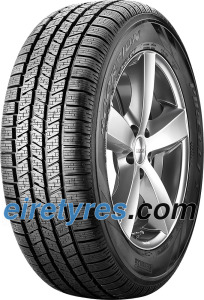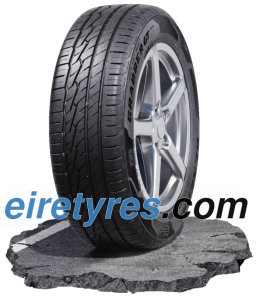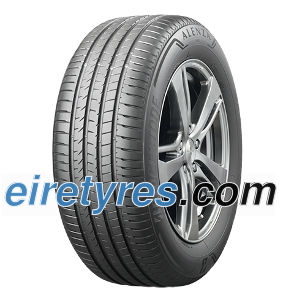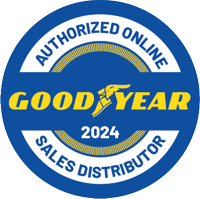Pirelli Scorpion Ice+Snow 235/60 R18 107H XL , N0 RBL




Pirelli
Scorpion Ice+Snow
235/60 R18 107H XL , N0 RBL
Add product to compare













